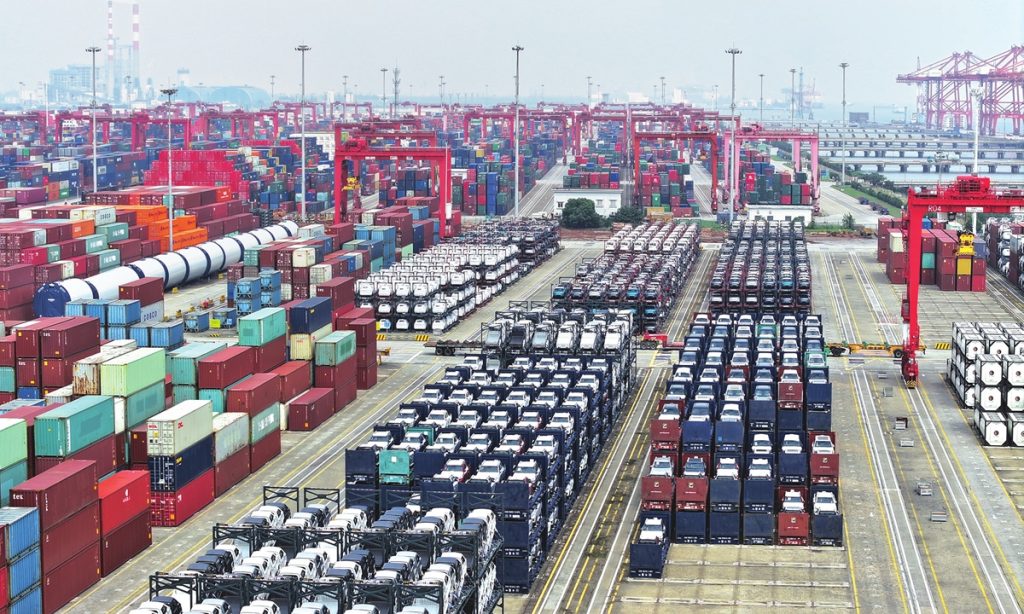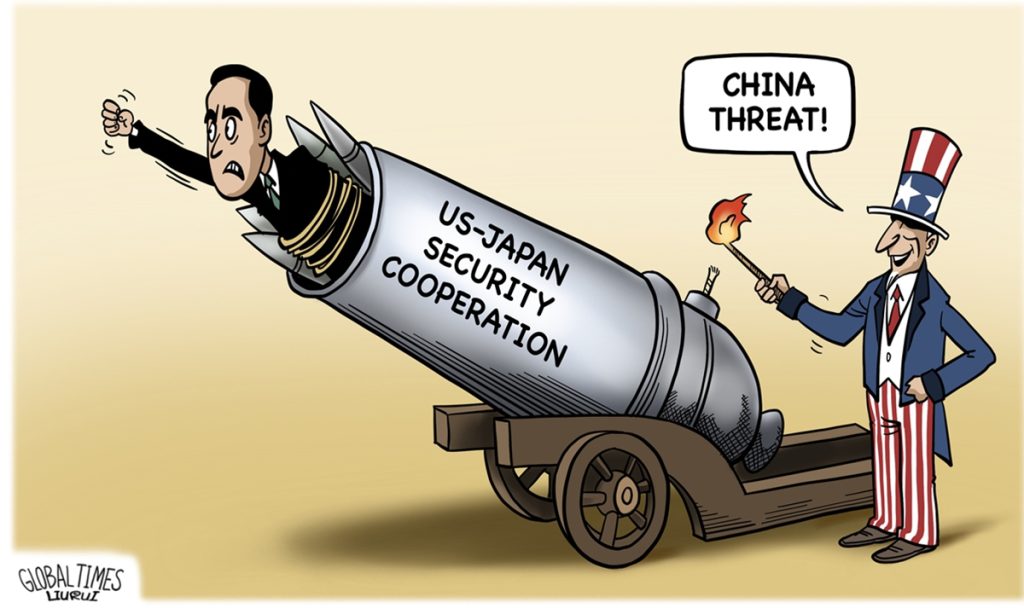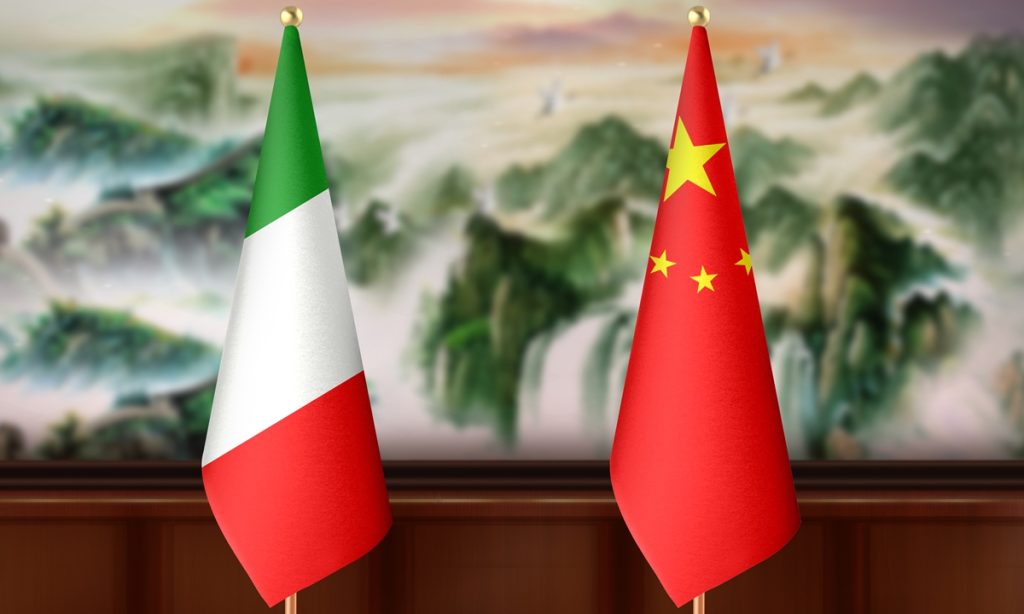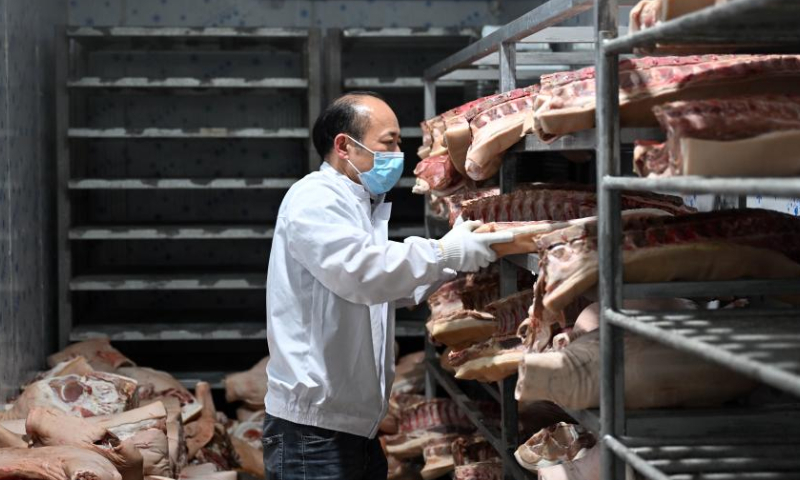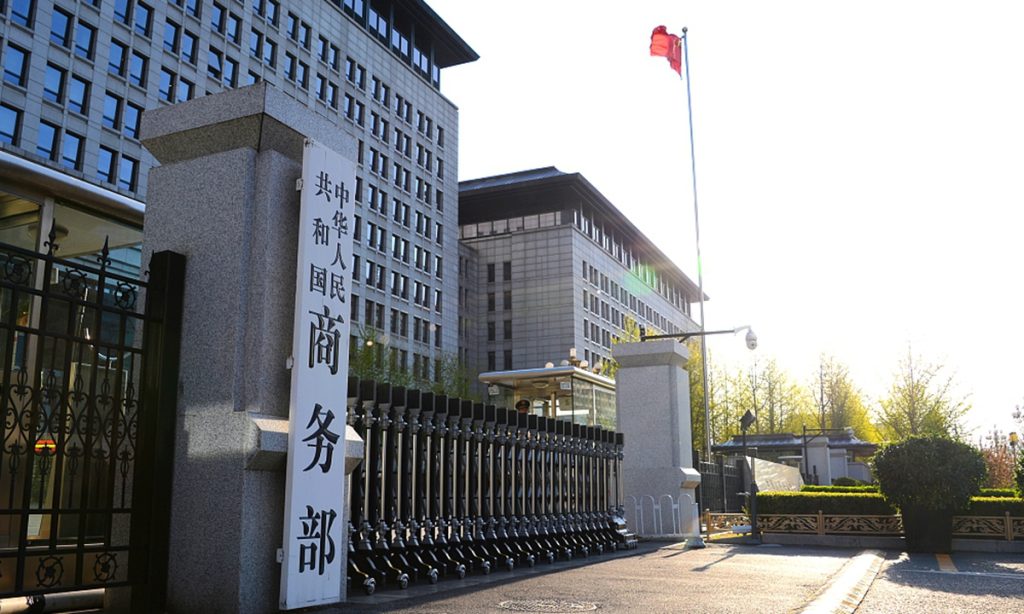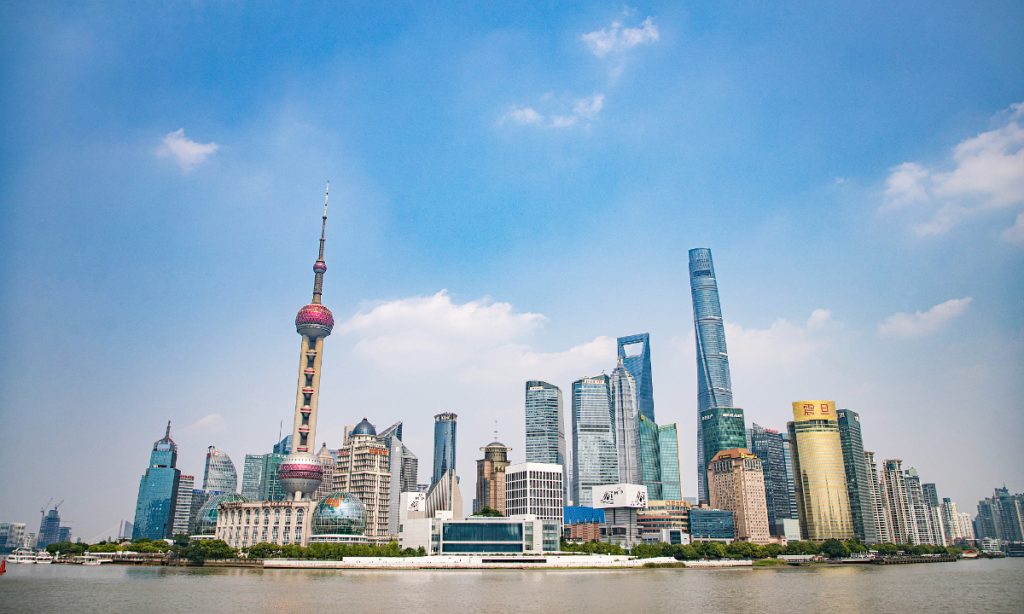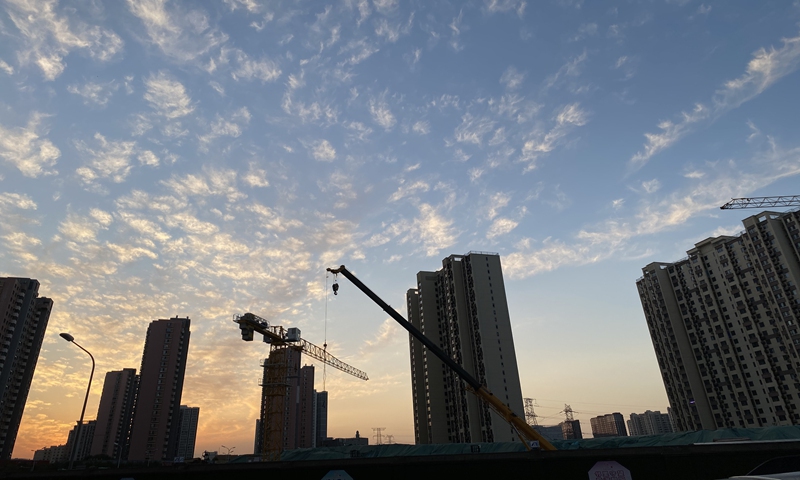Chinese fans give mixed reactions to Paris Olympics opening ceremony
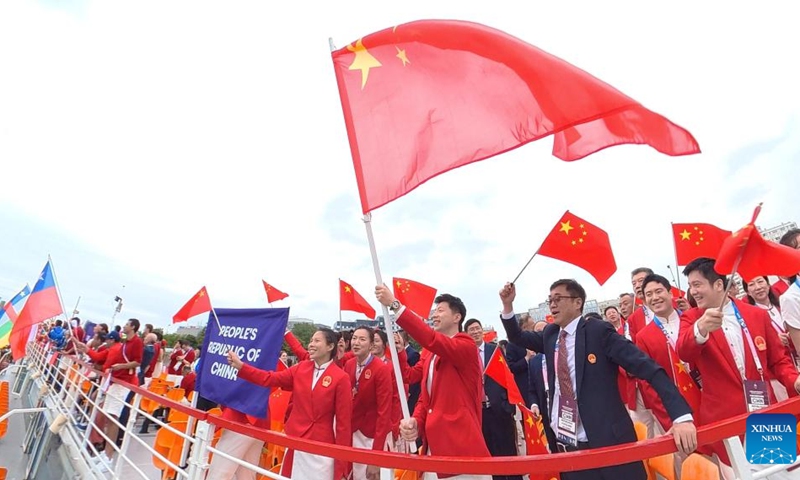
Chinese fans expressed mixed reactions to the Paris Olympics opening ceremony on Saturday. The celebrations of French culture and history was warmly cheered but also criticized in some parts.
The Chinese delegation, led by flagbearers Ma Long, a five-time Olympic gold medalist in table tennis, and eight-time artistic swimming world champion Feng Yu, joined the athletes' fleet of barges on a six-kilometer ride on the River Seine before arriving at Trocadero square.
"Considering the pouring rain, what if our athletes catch a cold during this four-hour opening ceremony?" a Chinese fan Li Jianqiu posted on Weibo. "The Olympics is supposed to showcase the athletes' best performance, but the opening ceremony is risking their health."
As the fleet passed through Paris landmarks, the fire-damaged Notre Dame caught attention. A large troupe of dancers, accompanied by music composed using sounds from the cathedral's reconstruction, received wide praise as a salute to firefighters and construction workers who saved the iconic building.
One of the most debated parts of the ceremony was the appearance of headless Marie Antoinette. Some argued it demonstrated the revolutionary history of France, while others felt showing beheaded figures to young audiences was "extremely dreadful."
The 10 new statues of historic French women lining the river were well-received by Chinese fans, providing a fresh angle on the country's rich history.
The ceremony concluded at Trocadero, where the Eiffel Tower lit up. The flame, which had been on an elaborate journey with a masked torchbearer and a mechanical horse, was passed on to French football legend Zinedine Zidane. Assassin's Creed video game enthusiasts widely celebrated the torchbearer's masked appearance.
Though some fans noted the Olympic flag was upside down at the ceremony, they saw it as a "mistake" rather than a sign of the organizers' relaxed attitude.
France's three-time Olympic gold medalist Marie-Jose Perec and Teddy Riner then lit the Olympic cauldron, a seven-meter diameter ring suspended on a 30-meter hot-air balloon. Canada's Celine Dion sang Edith Piaf's "Hymn to Love" in her first public performance in years, drawing huge cheers from the crowd and fans from afar.
